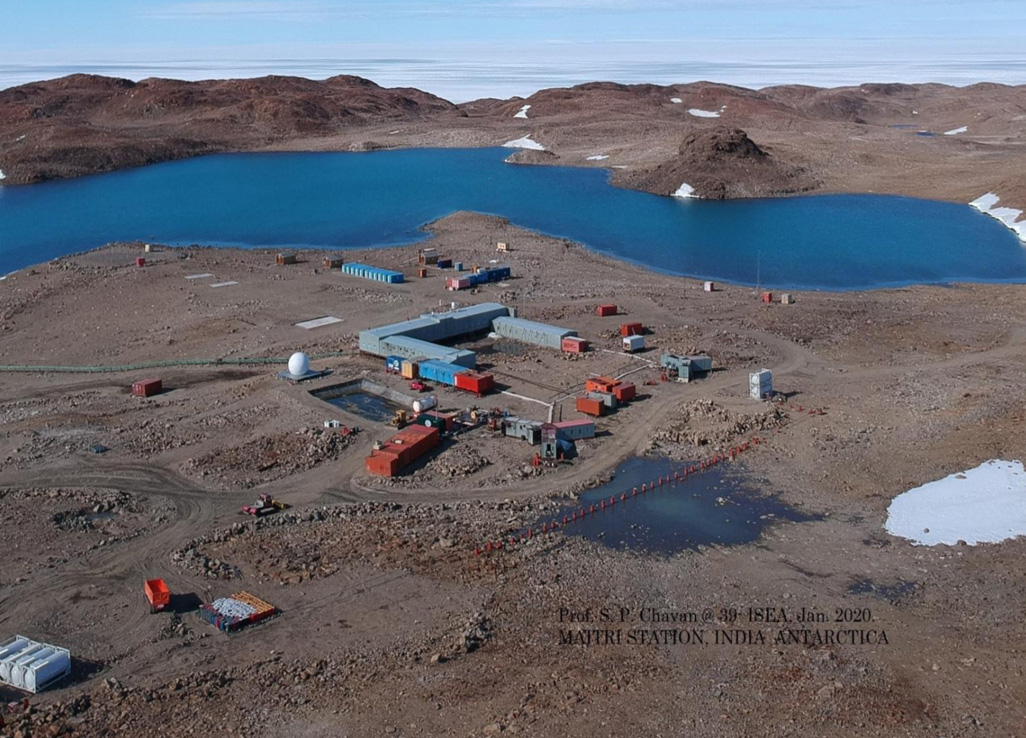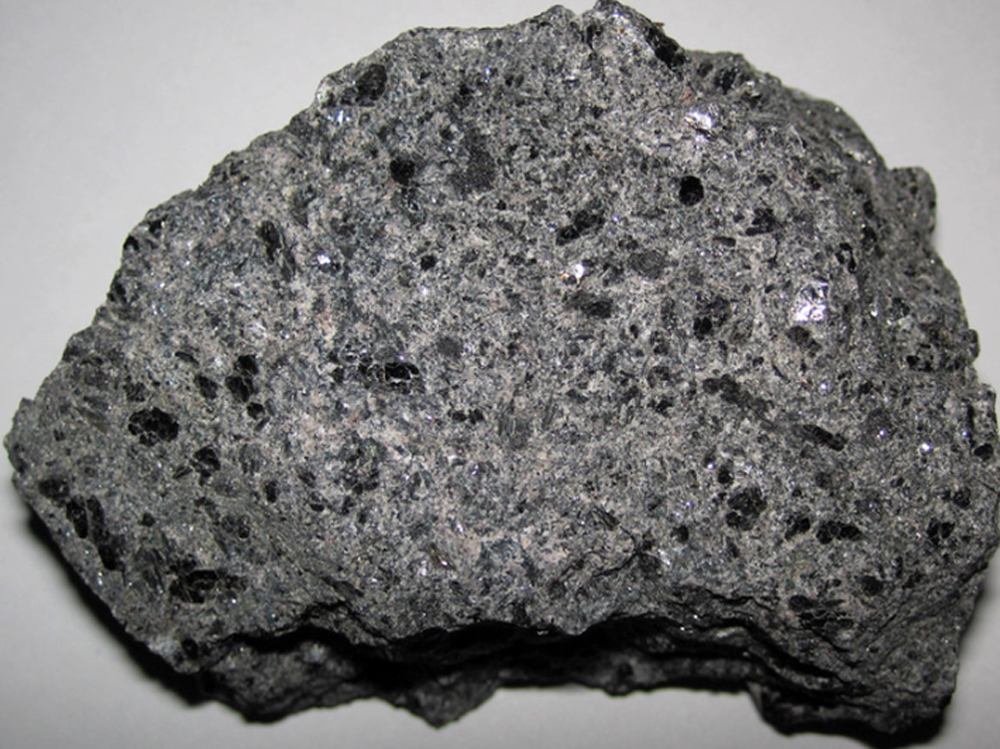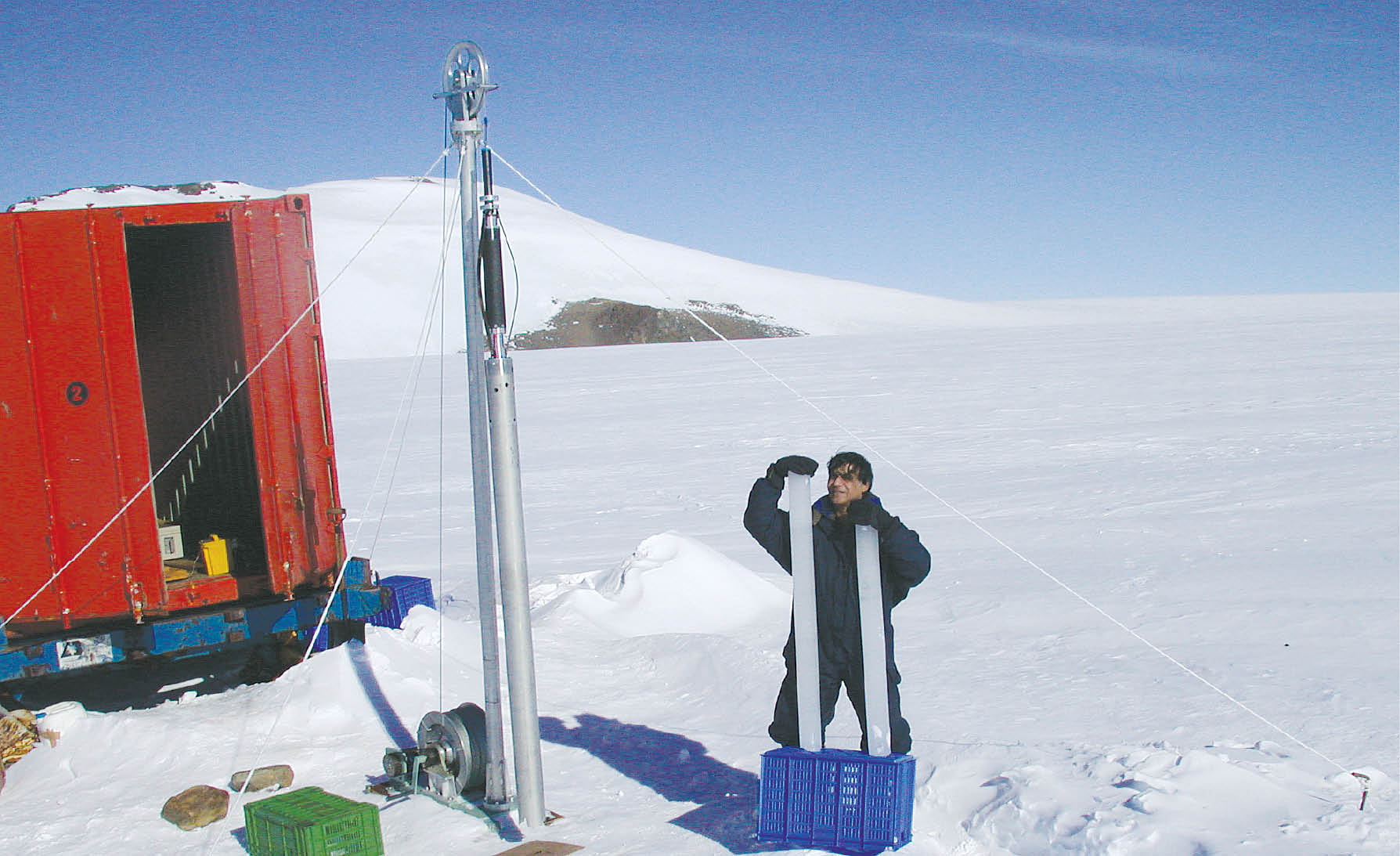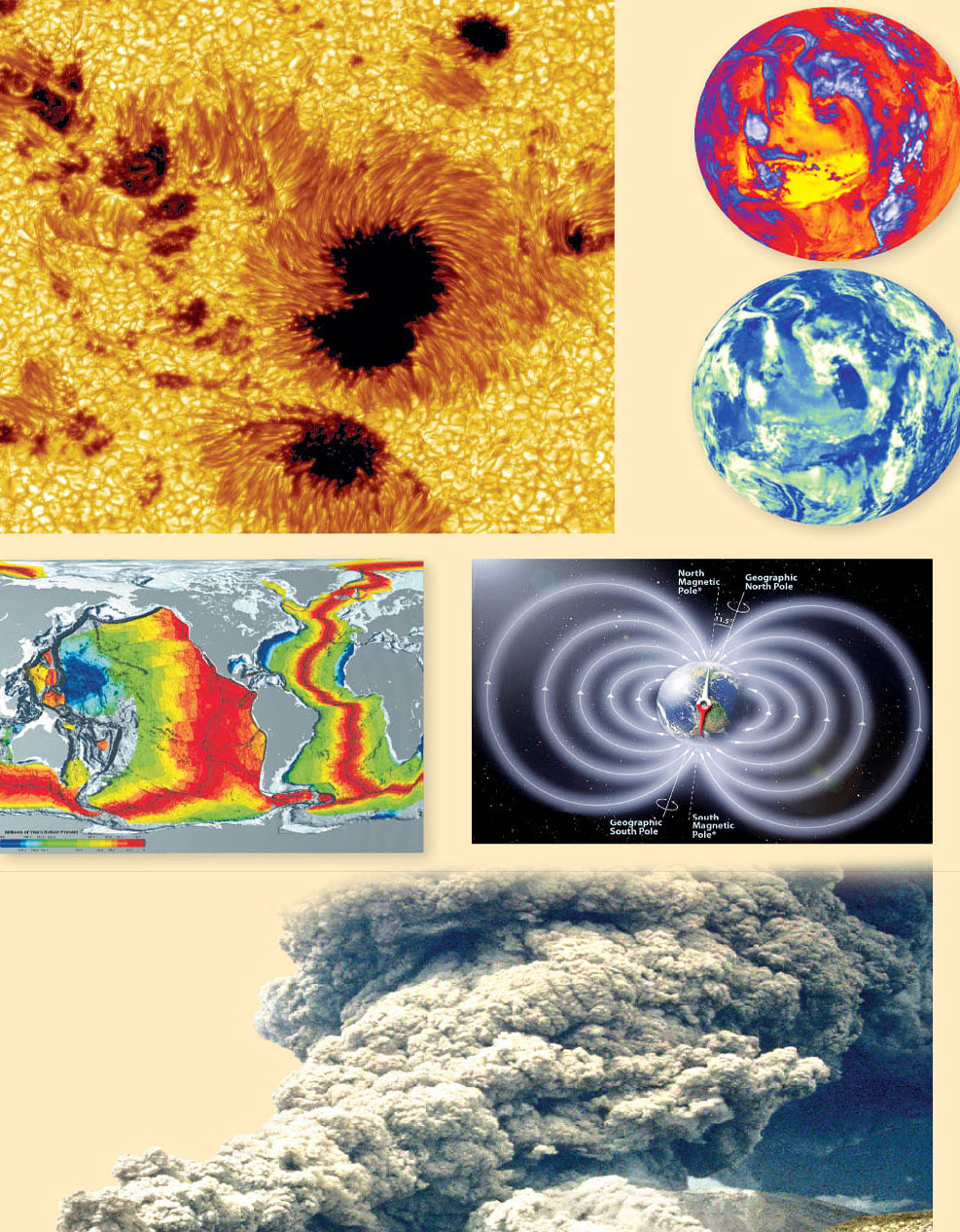The History of Climate Change in India



India is set to embark on a new chapter in its Polar exploration journey with the construction of Maitri II. The Indian government plans to establish a new research station near the existing Maitri ba...
.png )
The Deep Ocean Mission (DOM), approved by the Government of India in 2021 under the Ministry of Earth Sciences (MoES), represents a strategic step in realizing Sustainable Development Goal 14 (SDG 14:...

China recently announced restrictions on the export of seven rare earth elements (REEs), soon after US President Donald Trump decided to impose tariffs. As the world's dominant supplier—responsible fo...
Understanding climatic changes of the Holocene Period (past 11,000 years¬¬¬¬) is crucial to assess the impact of global warming on the Indian environment. In the following discourse we provide an over...
Present discussions on climate change are based on data that is gathered from studies conducted on coral cores, ice cores, tree rings, pollen, sediment from oceans and lakes, varves, pack rat middens...
Few natural phenomena have been amalgamated into so many scientific fields as has the issue of climate change. The possibility that different causes are active at different time scales adds to the cha...
India is a large developing country with nearly 700 million rural population directly depending on climate sensitive sectors (agriculture, forests and fisheries) and natural resources (such as water,...
Understanding climatic changes of the Holocene Period (past 11,000 years¬¬¬¬) is crucial to assess the impact of global warming on the Indian environment. In the following discourse we provide an overview of climatic changes over the Indian subcontinent based on instrumental records (1813-2008 AD) and as reported by historians (600 BC-1800 AD), archaeologists (3000–600 BC), mythologists (8,000-3,0...

Present discussions on climate change are based on data that is gathered from studies conducted on coral cores, ice cores, tree rings, pollen, sediment from oceans and lakes, varves, pack rat middens and other indicators that are present in nature. Once past climates are determined it is possible to draw inferences and project changed regimes.

Few natural phenomena have been amalgamated into so many scientific fields as has the issue of climate change. The possibility that different causes are active at different time scales adds to the challenge. The role of insolation in weather and climate deals with the possible effects of alterations in the earth’s energy budget.
